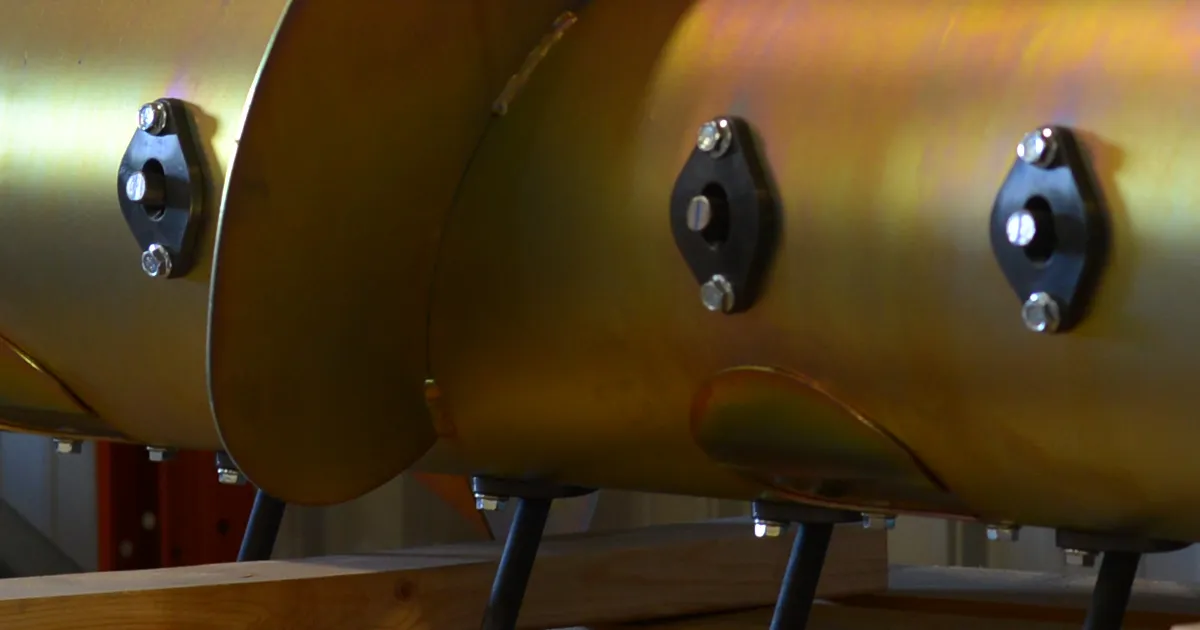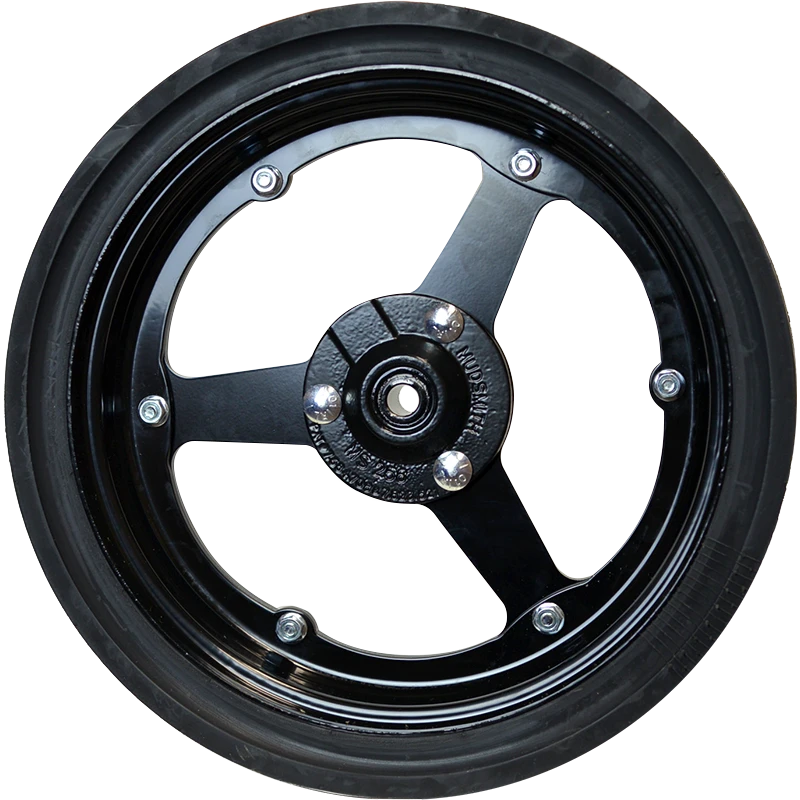
Yes. The Typhoon drum’s patented paddle flighting and aggressive finger design keep crops moving in a continuous, even stream. By smoothing feed into the feederhouse, operators can maintain higher ground speeds with fewer slowdowns. In canola and legumes, the result is commonly a gain of 2 to 4 kilometers per hour when conditions allow.
Why speed goes up
Ground speed is limited by how steadily the header and feederhouse can deliver the crop. Traditional drums can surge, hesitate, or let material bunch. The Typhoon’s paddle flighting grabs and carries crop through the pinch point so the feederhouse sees a consistent load. The aggressive finger design engages early enough to prevent slugs, yet releases cleanly so material does not stall. The steady state feed lets you push the hydrostat without triggering a plug, which translates directly into faster acres per hour.
Where the extra 2 to 4 kilometers per hour shows up
Canola and legumes are the clear winners. In tall canola, even flow prevents the stop-and-go that robs speed. In lentils and peas, uniform feed protects the crop while keeping the rotor busy instead of idling between slugs. Operators also see gains in small grains with tough straw, since the drum continues to meter material evenly when dew hangs on longer than you would like.
Setup notes to realize the gain
You do not need a shop session to see the benefit, but a short in-field check helps.
- Start with a neutral drum timing, then fine tune the quick-adjust to match crop volume.
- Match reel and belt speeds to the new, smoother flow rather than old habits set for a surging drum.
- Make one change at a time and watch the engine load and loss monitor. If load evens out and loss holds steady, add ground speed in small steps.
- Recheck in the evening when straw moisture rises. A minor timing or reel tweak can hold the speed gain after sunset.
What faster actually means for the day
Moving 2 to 4 kilometers per hour faster adds up. On long, straight pulls the combine spends more time threshing and less time recovering from plugs. That compresses the workday without compromising grain quality. Fewer feederhouse reversals and fewer rotor cleanouts reduce fatigue and cut wear on chains and belts. The even feed also helps the cleaning system, since the shoe sees a steadier load rather than spikes that push grain over the sieves.
Your Return
Speed is only part of the return. The real value is sustained pace without extra loss. If you hold sample quality and loss while running faster, acres per hour rise and fuel per acre often drops. That means more crop off ahead of weather, fewer late nights chasing slugs, and a schedule that is easier on people and iron.
How to Harvest Faster: The Bottom Line
If the question is whether the Typhoon helps you harvest faster, the practical answer is yes. The patented paddle flighting and aggressive fingers create continuous flow, which lets you run 2 to 4 kilometers per hour faster in canola and legumes when conditions allow. The drum turns stop-and-go into steady-as-she-goes, and steady is where speed lives. Interested in learning more, contact our sales team at (855) 612-7006, to see if the Typhoon is right for your setup.


















